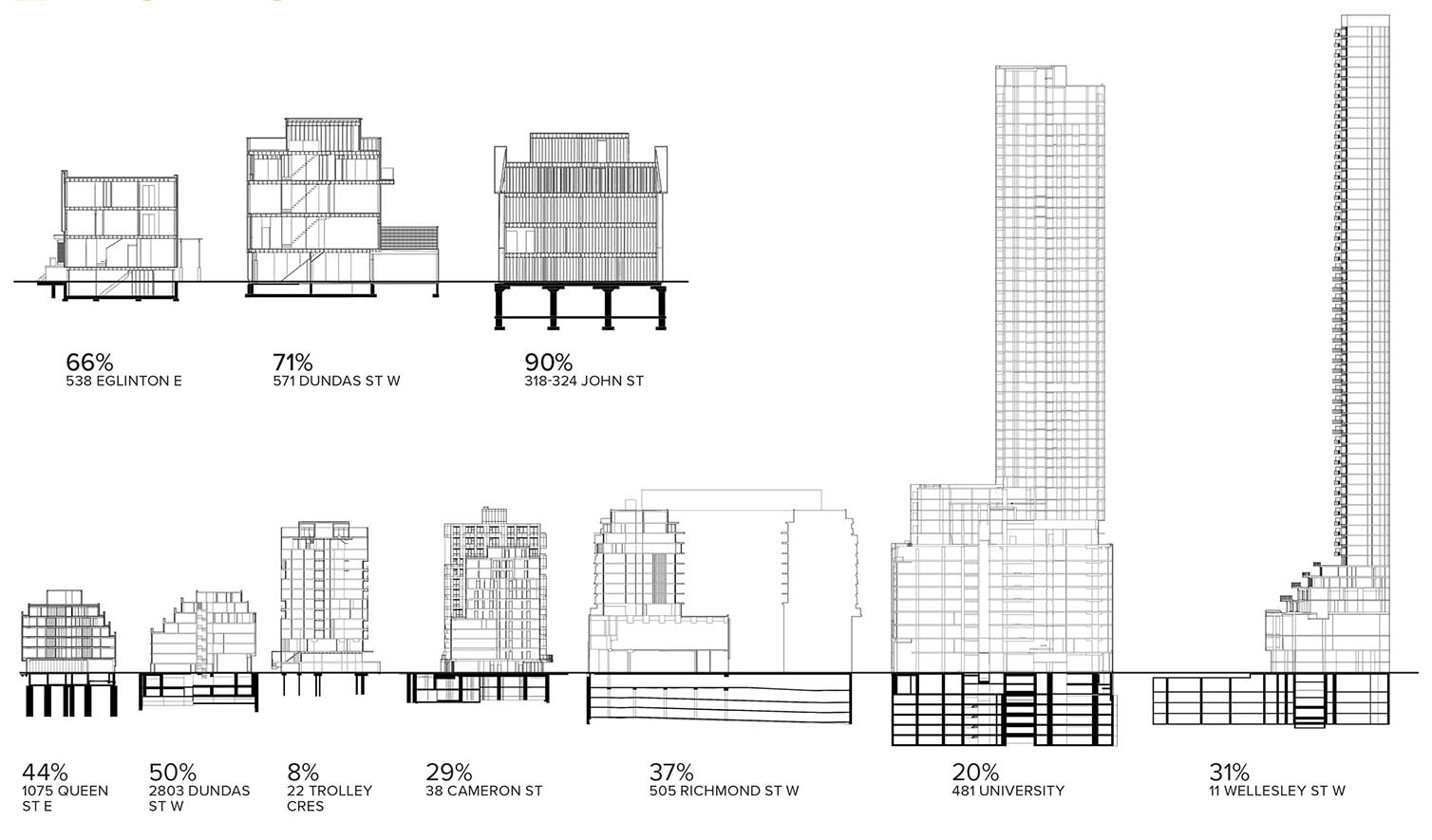
06.04.21 - Kelly Alvarez Doran argues for embodied carbon targets in Canadian Architect magazine
Visiting lecturer Kelly Alvarez Doran spent the fall semester leading a research studio in which he and his students investigated the environmental impact of "embodied carbon" — the energy used to create building materials. Embodied carbon ratchets up a building project's greenhouse gas emissions before shovels so much as pierce the ground, and those emission levels are permanent. They can't later be mitigated through retrofits.
Now, Doran has written an open letter to Canada's municipalities, architects, engineers, and planners, in which he summarizes his studio's findings and pleads for limits on embodied carbon in buildings. The letter appears in the April 2021 issue of Canadian Architect, and it can be read on the magazine's website. In the letter, Doran writes:
Canada, as well as a growing number of its jurisdictions, has set necessarily ambitious carbon reduction targets as part of an increasingly urgent global bid to achieve climate stability. While the spotlight often falls on the transportation and energy production sectors, 40 percent of global carbon emissions comes from the construction and operation of buildings. We are becoming increasingly aware that a big part of the issue — 11 percent of global emissions — comes from the embodied carbon of the materials that go into the new buildings constructed each year.
The AED sector is just starting to understand the immense carbon impact of building materials. To drastically reduce this impact, greater knowledge, and firm embodied carbon benchmarks and targets, must become part of building standards and planning policies that govern construction across Canada.
Read the full letter at Canadian Architect
Image: Sectional diagrams indicate the percentage of project embodied carbon emissions below grade, showing the embodied carbon impact of foundations and underground parking.

